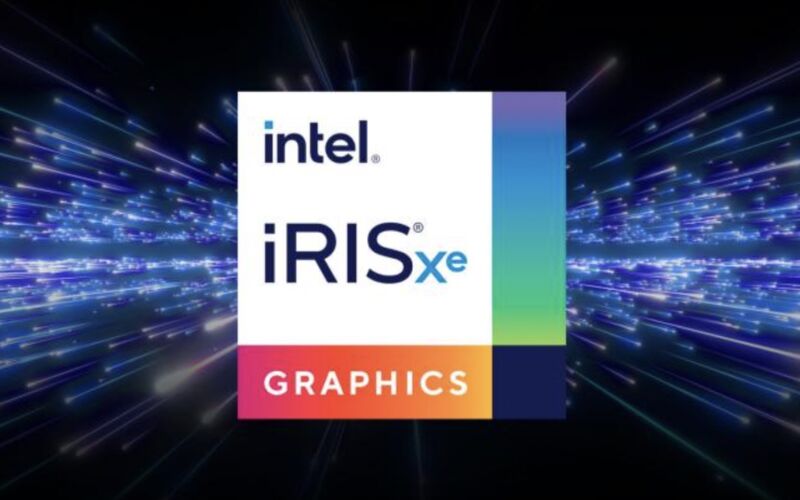There are two things to like about version 2.0 of AMD's FidelityFX Super Resolution (FSR) upscaling tech, which finally began appearing in actual games late last week. The most important is that the quality of the upscaled image is dramatically better than in FSR version 1.0. The second is that FSR 2.0 is compatible with all kinds of GPUs, including not just AMD's but older GeForce GPUs that aren't compatible with Nvidia's proprietary deep learning super sampling (DLSS).
New testing from Tom's Hardware has also revealed another unlikely beneficiary: Intel's recent integrated GPUs. Using an Iris Xe laptop GPU in a Core i7-1165G7, FSR 2.0 was able to bump the average frame rates in a 720p version of Deathloop by around 16 percent, nudging it from just under 30 fps to just over 30 fps and helping to offset the low resolution with its built-in anti-aliasing. Not bad for a nearly two-year-old laptop GPU playing a demanding modern game.
There are caveats, some of which apply to all upscaling technologies and some that are specific to Intel's GPUs. FSR 2.0 and DLSS are generally good enough to let you bump up your resolution or quality settings a bit while maintaining a playable frame rate. They can also make borderline-unplayable games playable, and they can help you squeeze a little more life out of your current GPU if you don't want (or can't afford) to spring for an upgrade.
But upscaling also isn't magical—the integrated GPU in a 10th-generation Intel Ice Lake CPU got nowhere near playable frame rates in Deathloop without FSR 2.0, and the low-double-digit performance improvement from FSR didn't get it over that 30 fps line. Both Intel GPUs also showed lots of graphical corruption in most of the test runs, though this was inconsistent and could be fixed in future driver updates.
Wider, manufacturer-agnostic hardware compatibility could eventually help AMD accomplish with FSR what it did with FreeSync adaptive sync technology a few years ago. Nvidia's G-Sync was technically superior, but it required more expensive monitors with an additional hardware module installed, and it only worked with Nvidia GPUs. FreeSync wasn't as good initially, but it piggybacked on standard DisplayPort features that made it easier and cheaper to implement. A few years later, Nvidia enabled FreeSync support in its drivers, and today, FreeSync is by far the more prevalent of the two technologies.
Game developers could choose to support FSR 2.0 over Nvidia's DLSS for the same reason: It provides good-enough results that cover a much broader range of GPU hardware from multiple manufacturers. AMD isn't alone in trying to define a more widely compatible standard for high-quality upscaling, though—Intel's upcoming XeSS standard can also be used with Intel, Nvidia, or AMD GPUs. DLSS support is also fairly entrenched, with relatively wide support across a long list of modern games.



3175x175(CURRENT).thumb.jpg.b05acc060982b36f5891ba728e6d953c.jpg)
Recommended Comments
There are no comments to display.
Join the conversation
You can post now and register later. If you have an account, sign in now to post with your account.
Note: Your post will require moderator approval before it will be visible.